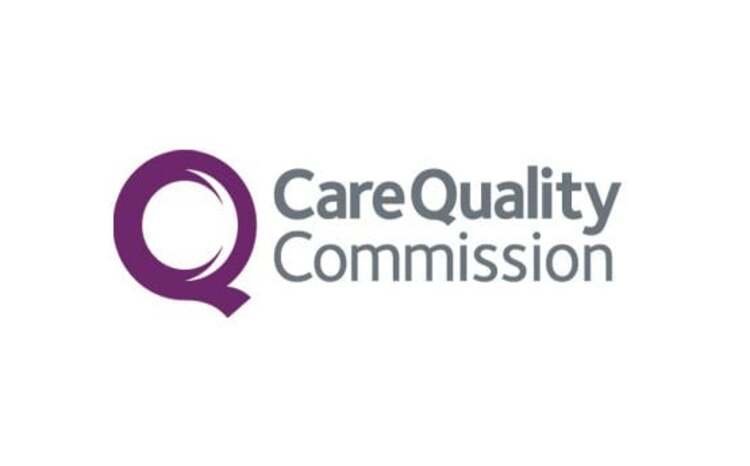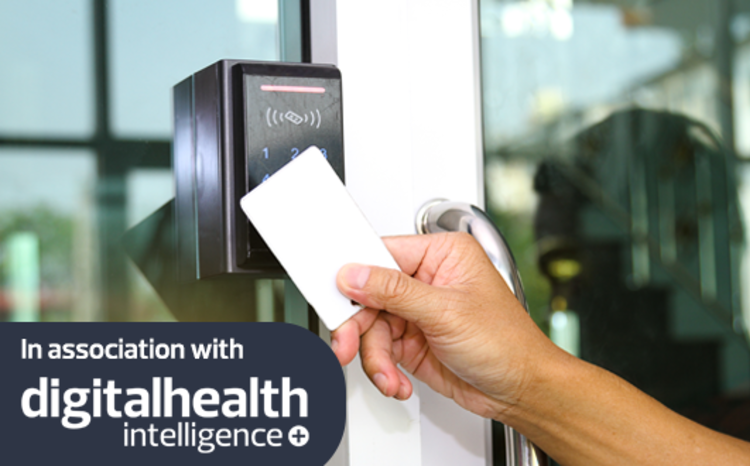Technology ‘sometimes a barrier’ for patients and providers during Covid

The NHS rapidly adopted digital health solutions during the Covid-19 pandemic but IT systems “were sometimes a barrier” for patients and providers, a new report has found.
The Care Quality Commission’s (CQC) annual state of care report found technology enabled more joined-up care, and provided tools for virtual consultations and better information sharing during the pandemic.
But the rapid need to go digital-first highlighted a digital divide between providers; apprehension from staff about using technology; and a lack of equipment in some sectors.
Looking at the impact of digital solutions and technology during the pandemic the CQC found: “IT systems were sometimes a barrier – not all services had a digital presence, and not all people had online access.
“Some staff still didn’t feel confident using the new digital systems while some patients struggled to adapt to using the new digital systems, which led to missed appointments.
“Some providers (especially larger ones) were already well set-up with the right hardware. This made it easier to move to remote consultations, with good communication and better information sharing.”
Care homes in particular reported a lack of equipment including laptops, tablets and webcams, which “made it more difficult for them to jump straight into remote consultations and communication”, the report found.
Peter Wyman, chair of CQC, said: “What the response to Covid has demonstrated is how better joined up system working can improve both the quality of care and people’s experience of it.
“The increased pressures that the pandemic has placed on health and social care make it more crucial than ever to seize the opportunities available to rethink the delivery of care – or risk poorer care for some of the most vulnerable, and more patients left behind as a result of the pandemic.”
IT ‘not always efficient and timely’
Technology’s role in enabling remote care as a replacement for face-to-face appointments was seen as a generally “positive development”, and in some cases more beneficial for patients and providers.
It enabled faster access to services such as GP appointments and enabled patients to stay better connected with their care provider.
But the CQC notes remote care “will never be appropriate” for some patients.
“It was acknowledged that remote care would not be appropriate for certain clinical scenarios and there was some concern that this could prevent other medical or social conditions or safeguarding issues being spotted,” the report stated.
One example given is older people living with dementia or hearing/visual impairment, highlighting that for those patients technology can be “stressful or impossible”.
“The impact on patients and their treatment from remote care is yet to be fully understood, and it needs to be monitored and reviewed,” the report added.
“We also heard that caution is needed when directing people to ‘digital-first’ services – some older people saw signposting to online support like a door being closed on them, and it was important to retain alternatives to digital or online appointments.”
Warnings that technology may be a barrier to some patients bears a stark resemblance to last year’s CQC state of care report, which found digital-enabled care would not work as a “blanket solution” as it risks groups being “left out”.
A call for better integrated care
The main reflection from providers was a need for a common integrated care record across sectors, the CQC found.
The move would “enable much better information sharing and collaboration”.
During the pandemic many providers used digital systems to share care records and patient information, both internally and with partners, but those with existing information sharing systems “fared better” during the pandemic, the report found.
“Some systems also collated and shared information to build an understanding about the wider population, such as data to identify coronavirus hotspots or information on people who were shielding during the pandemic,” it said.
But some places had a “less joined up experience”, particularly in areas with no shared or electronic system.
“Some local areas struggled because their own technologies would not work with partner organisations. There was recognition that more work was needed to develop system-wide integrated care records.”



